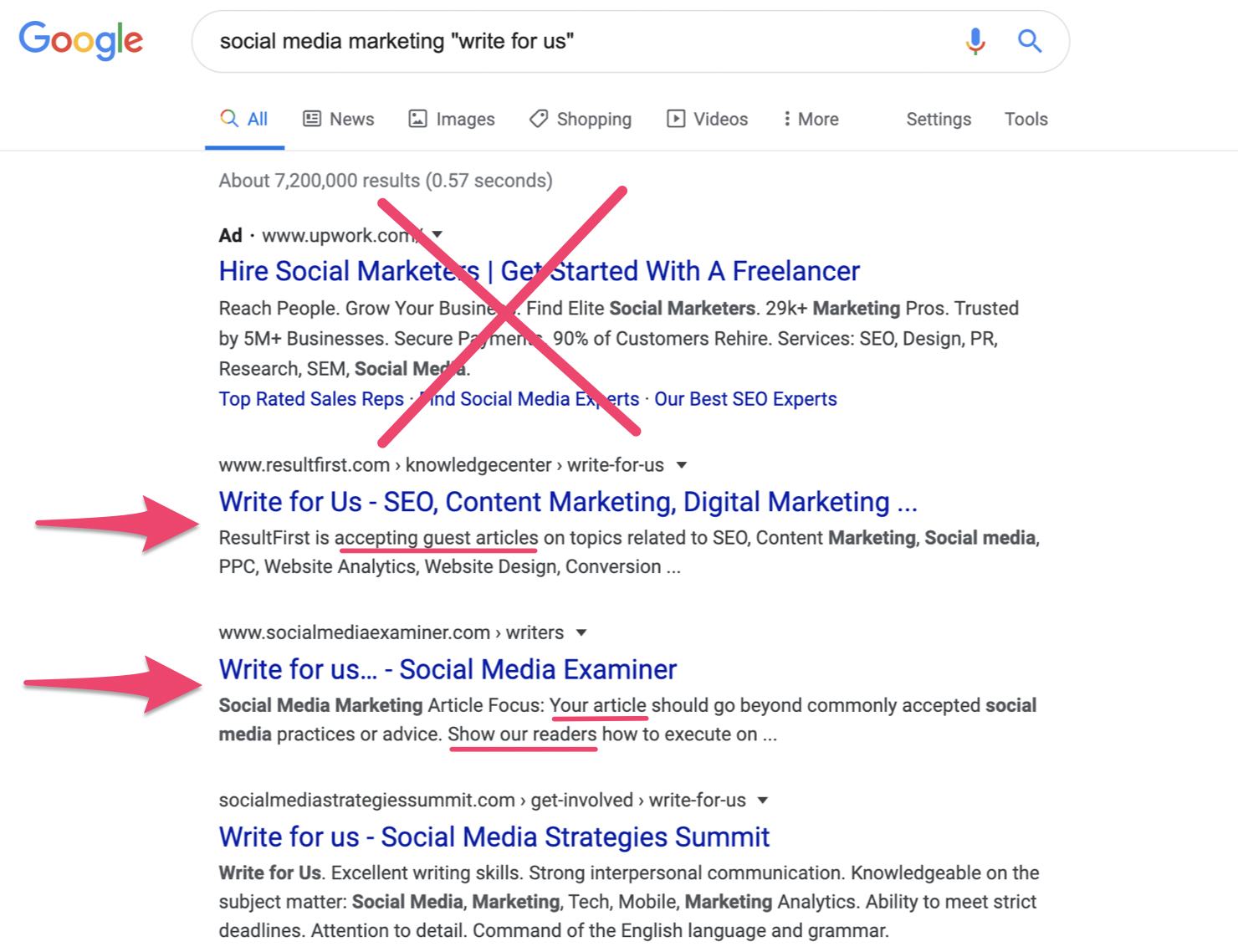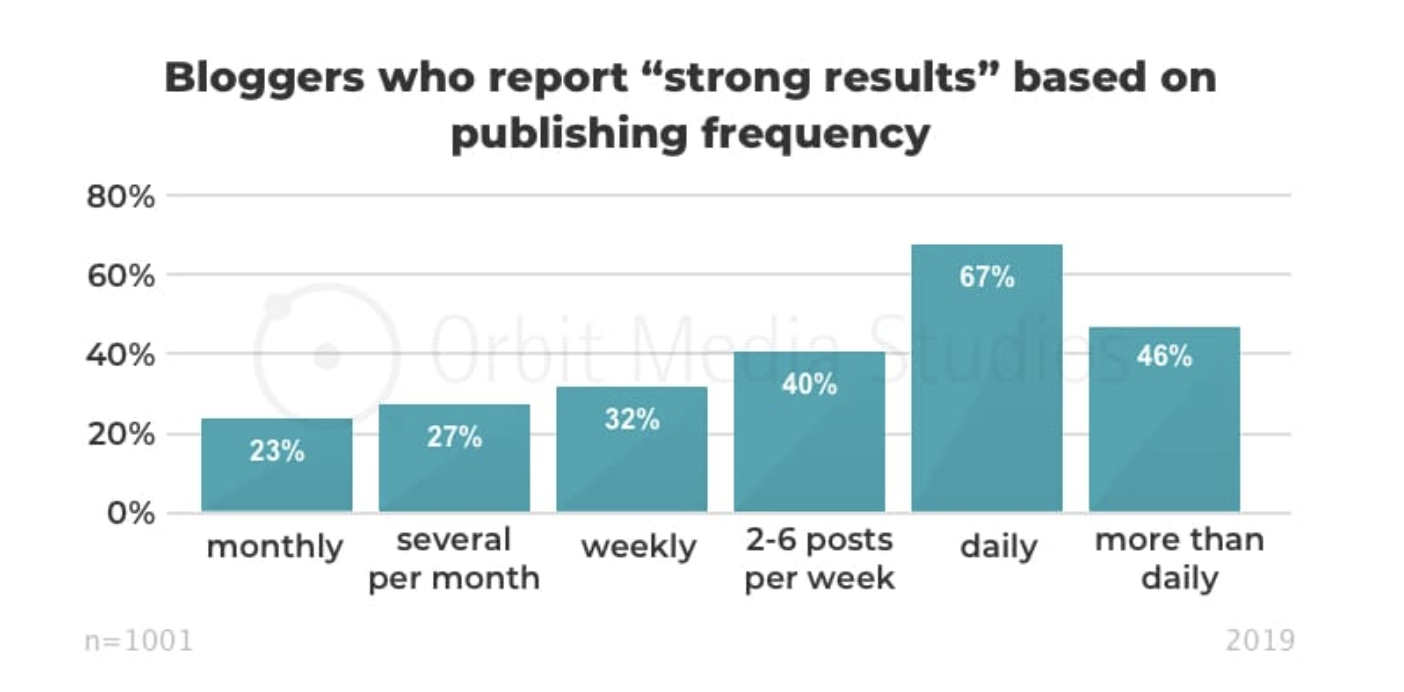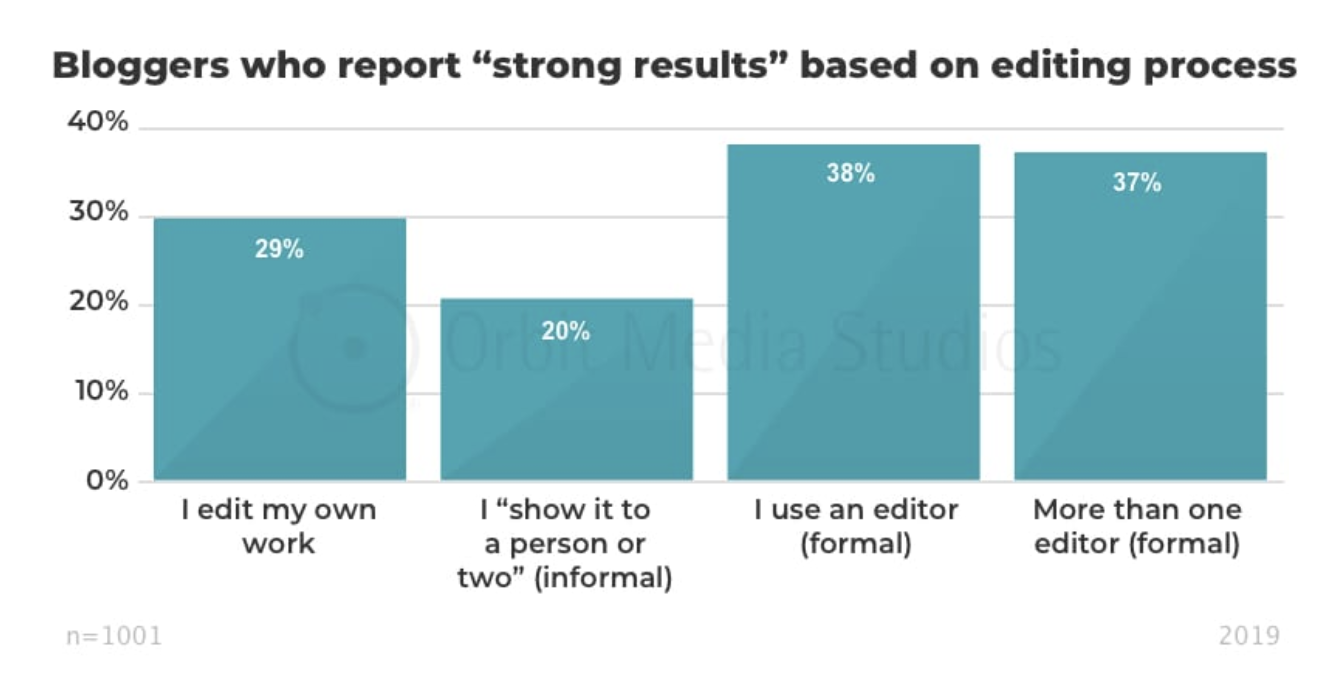
Writing great content for your brand is a critical key to success, but it’s also one of the most intimidating. Even if you’re a seasoned writer, there’s always room for honing your craft. Here are 10 top tips to tailor the content you write to absolute perfection, whether you’re writing for your own blog or a paid project.
1. Write In Multiple Stages
Good writing takes time. It’s extremely difficult to create fluid, error-free content that follows a linear thought process all at once. Instead, the highest-quality copy comes from a multi-stage writing process that leaves time in between outlining, drafting, editing, and proofreading the content to “reset” the brain.
2. Improve Your Word Use
Go through your piece to look for places you can upgrade your language. Use a thesaurus to find richer, more descriptive words for basic or plain phrases, but be careful not to increase the reading difficulty beyond that of your target audience.
For example:
Getting professional content marketing help can improve your website rank and traffic stats.
Can be written as:
Getting experienced content marketing help from a professional can boost your website rank and drive even more traffic to your offers and promotions.
3. Cut the Fluff
Your content should be short, sweet, and to-the-point. When creating long-form pages, every section you include should add some kind of value to the overall post. Avoid writing fluff just for the sake of adding length to your content – this tactic is easily detectable by search engines and will likely end up getting you penalized.
4. Proofread After You Edit
Many people misunderstand the difference between editing and proofreading. Contrary to popular belief, these aren’t the same thing and shouldn’t even be done at the same time. Editing involves looking at sentence structure, word use and the thought process behind the content to make sure each sentence adds value and is clear and easy to understand.
Proofreading is the process of looking for grammatical errors, punctuation and spelling mistakes, typos, and other simple issues within a piece of content. You shouldn’t look for punctuation errors while you’re assessing sentence structure and syntax, because you’re more likely to miss some of both.
Instead, edit your content first without regard to grammar or punctuation. Focus solely on the meaning of words you’re using, how sentences are laid out, and how readers will move from one concept to the next throughout your writing. Then, take a break and come back to proofread for mechanical errors.
5. Focus On Your Headlines
Headlines are arguably the most important part of your content. Web content is rarely read in full – most users scan or skim a blog or news article for the main points, which are usually identified in the headlines. Write your headlines to really pop. If you took away the text copy and left only the headlines, would your readers come away with the same core information? Make sure they can.
6. Double-Check the Style Guide
If you’re writing for a publication or brand that uses a style guide, make sure to double-check everything before submitting your content. This helps ensure that language, punctuation, tone, and voice are similar between different pieces of content created by different writers.
If you’re writing for your own brand, use this opportunity to establish your style guide. Keep track of your preferences for things like Oxford commas in a document or spreadsheet that you can send to others who may write for your brand in the future.
7. Pay Attention to Passive Voice
When editing, look for instances of passive voice and change it to active. In most cases, passive voice is seen as a weaker, less assertive way to write an expression, but occasionally it’s useful when a writer wants to emphasize the action taking place instead of the subject of the action.
For example:
Yesterday’s blog wasn’t posted by the intern and the website rankings have been affected.
Can become:
The intern didn’t post yesterday’s blog, which affected the website rankings.
8. Vary the Length & Structure of Your Sentences
Your sentences should not be the same in length and structure throughout your blog post.. Instead, make sure they vary to keep readers engaged.
For example:
The blog we posted got a lot of traffic. It was a great conversation starter. A lot of people on social media shared the blog. This has had a significant positive impact on our brand.
Can be written as:
The latest blog we posted got tons of traffic. It was a great conversation starter and people shared the blog across social media, which had a significant positive impact on our brand.
9. Be Succinct
During the editing process, look at how many words you use to explain something, whether it be a product description or a specific step in a how-to guide. Don’t be verbose – instead, choose fewer words that have more meaning.
For example:
The little girl was happy and excited about the people coming over to her house to celebrate her birthday, but the big cake box from the bakery was heavy and hard to carry.
Can become:
The small girl was thrilled for her birthday celebration, but carrying the giant bakery cake box home was cumbersome.
10. Have Patience
One of the most important things to remember when creating content is to be patient with yourself and the process. Give yourself plenty of time to go through each stage of writing and to read over it a few times when you’re completely finished.
Get More Writing Tips & Help With Content Marketing Today
At McDougall Interactive, we know what makes good content. We can help you learn the tricks of the trade so you can create winning website pages and blogs that drive qualified leads to your business. Call today to learn more at 877-623-4291 or book your free strategy session now.





 I’d recommend guest blogging to anyone. When done correctly, guest blogging is one of the best ways to build authority online.
I’d recommend guest blogging to anyone. When done correctly, guest blogging is one of the best ways to build authority online.

